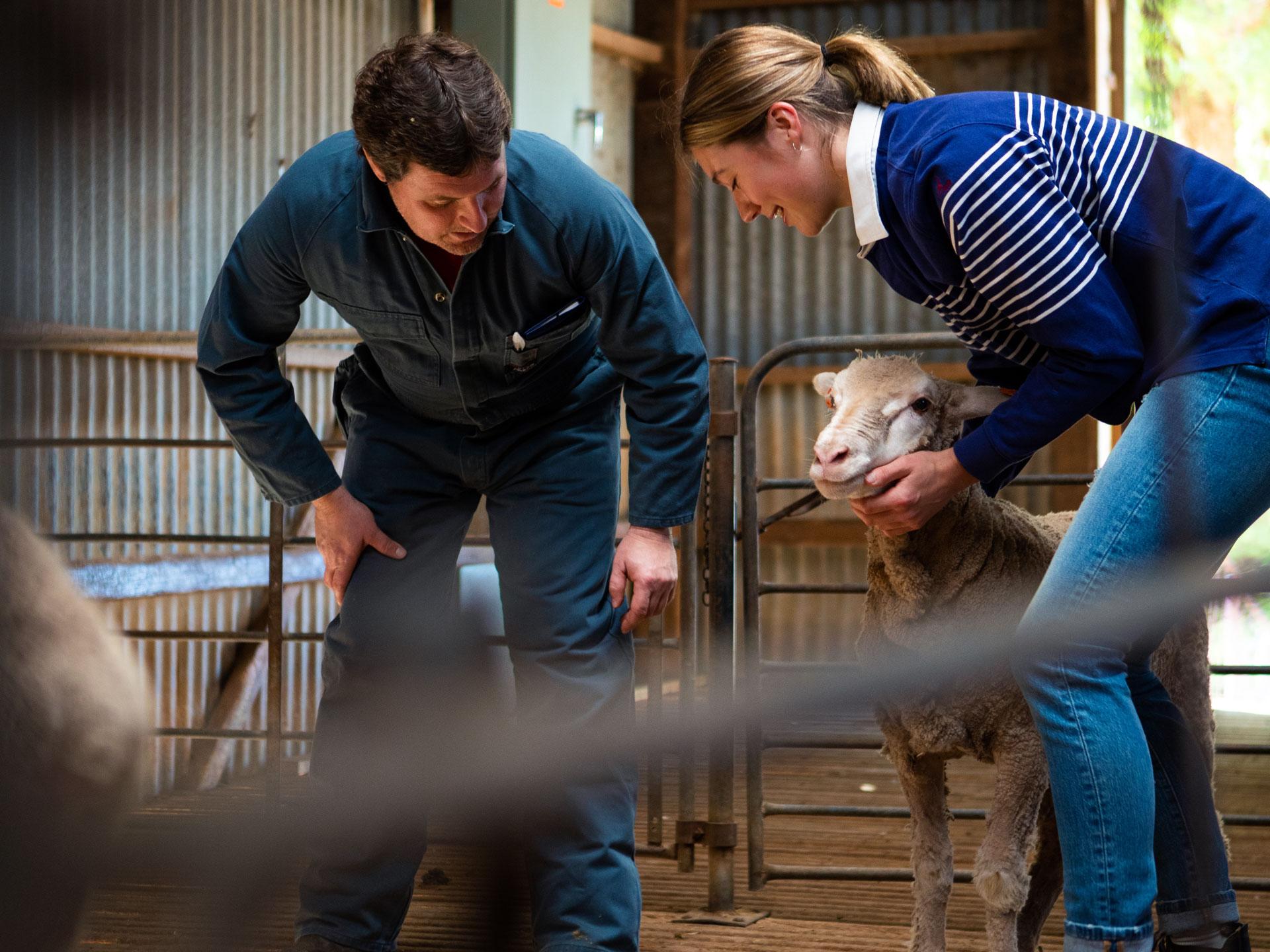Creating a fast and effective lice test for sheep

Case study: Development of sheep lice diagnostic assay.
Sheep lice cost the Australian sheep industry over $120M annually. Lousy sheep not only produce about 10% less wool, but also further decrease about 10% wool quality value plus the costs of chemical treatment.
Infestation of the flock with sheep lice is an ongoing significant health management issue for sheep in Australia. Moreover, lousy sheep are more susceptible to flystrike, and have an increased risk of infection from dipping sheep causing high mortality.
Wide spread current practice is for wool producers to treat sheep directly after shearing whether the sheep are known to have lice or not. This incurs both a treatment and labour cost, results in unnecessary use of chemical treatments risking the development of resistance, and impacts wool production.
A test that can accurately, quickly and cost effectively determine presence of lice before or at shearing would allow wool producers to make informed decisions about immediate post-shearing treatment.
The pen side louse detection project addressed the development of a test based on presence of sheep lice (Bovicola ovis) DNA on shearing hand pieces, with the aim of delivering results in under 60 minutes.
We designed three PCR primer sets that target specific sheep louse mitochondria DNA regions in three genes COX1, rrnL and NAD5. These primers were tested on louse DNA experimentally added to wool and were shown to be specific, with detection limits as low as a few nano-grams of DNA. These assays were also tested on grease collected from shearing sets following routine shearing of a small commercial flock, infested with lice.
The PCR test has proven robust to contaminants present in the grease. Therefore, we addressed the challenge of delivering results rapidly in the field.
The Davies Research Centre collaborated with MatMaCorp Inc., from Nebraska, to migrate the laboratory-based test to a pen-side assay. The rapid DNA extraction kit based on the Magictip protocol was develop for various louse sample types, and specifically the grease from shearing handsets.
The test involved taking samples using a thin plastic rod which is transferred to a tube containing extraction buffer. This is incubated in the portable Solas 8™ instrument for about 20 minutes. An aliquot of the lysate is then transferred to the assay tubes containing assay buffer.
Matmaker used the based PCR primers and target sequences to develop “padlock” probes and assays for use on the Solas 8™ instrument that is portable and has the potential to be used in eth sheep shed or on the back of a UTE.

Dr Tong Chen
The Solas 8™ assays that detect COX1 and rrnL specific regions gave promising results in tests of grease samples collected from shearing heads used for lice infested and non-infested sheep.
The next challenge is to develop the current test into a viable pen-side, on farm, assay. The current diagnostic assay using portable Solas 8™instrument takes about 2hrs in laboratory and this needs to be reduced to below 1 hours.
We also need to develop protocols to decontaminate shearing combes to ensure that there is no carry-over of material that will test positive in a subsequent run.
The Matmaker assay has an advantage compared with the enzyme-linked immuno-sorbent assay developed in 2009 in so far as samples do not need to be sent to a laboratory for testing. However, the novel assay system still needs to be validated under field conditions.
